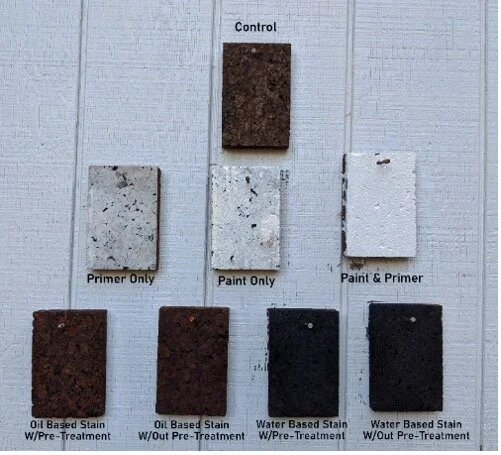Using ThermaCork Lowers Building Carbon With Style
/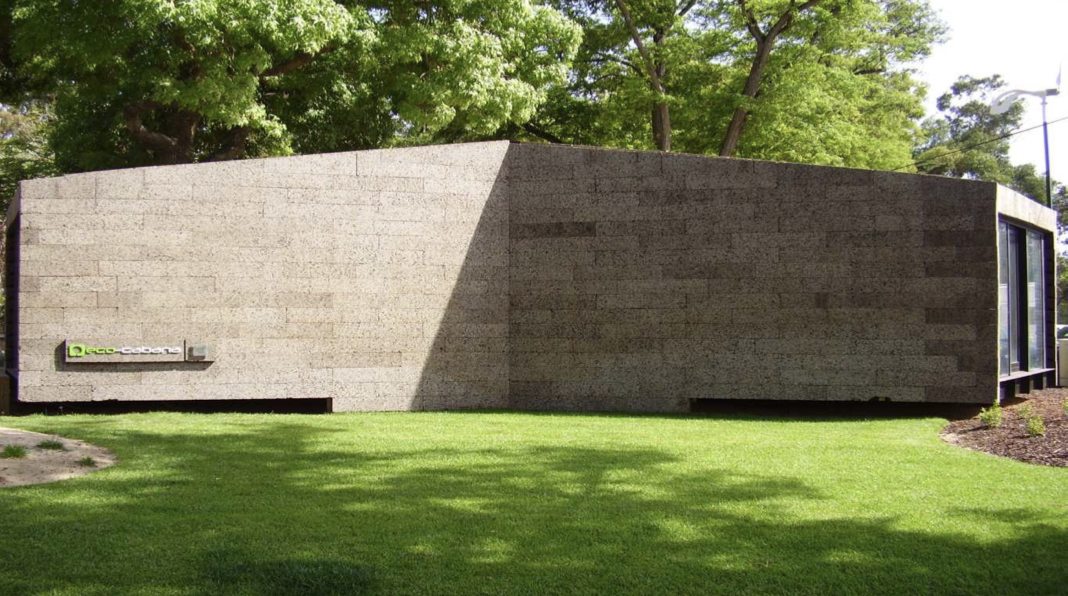
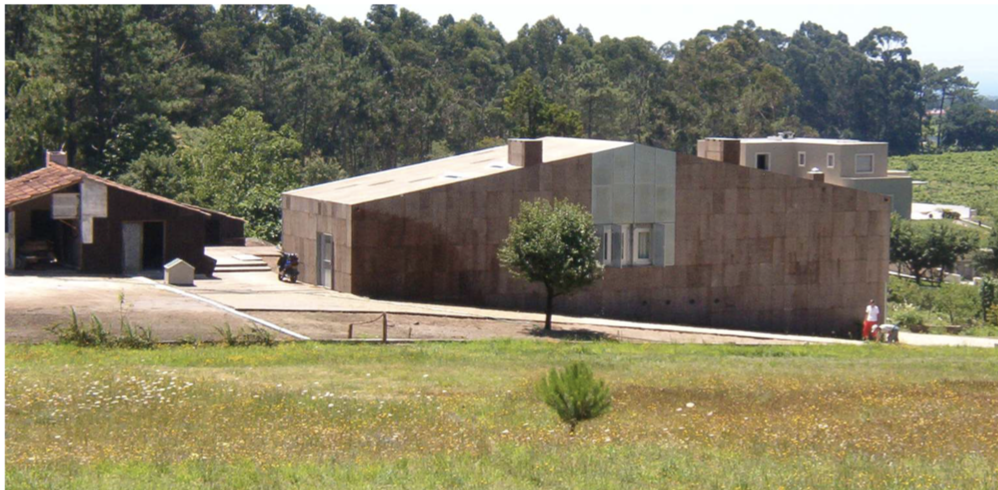
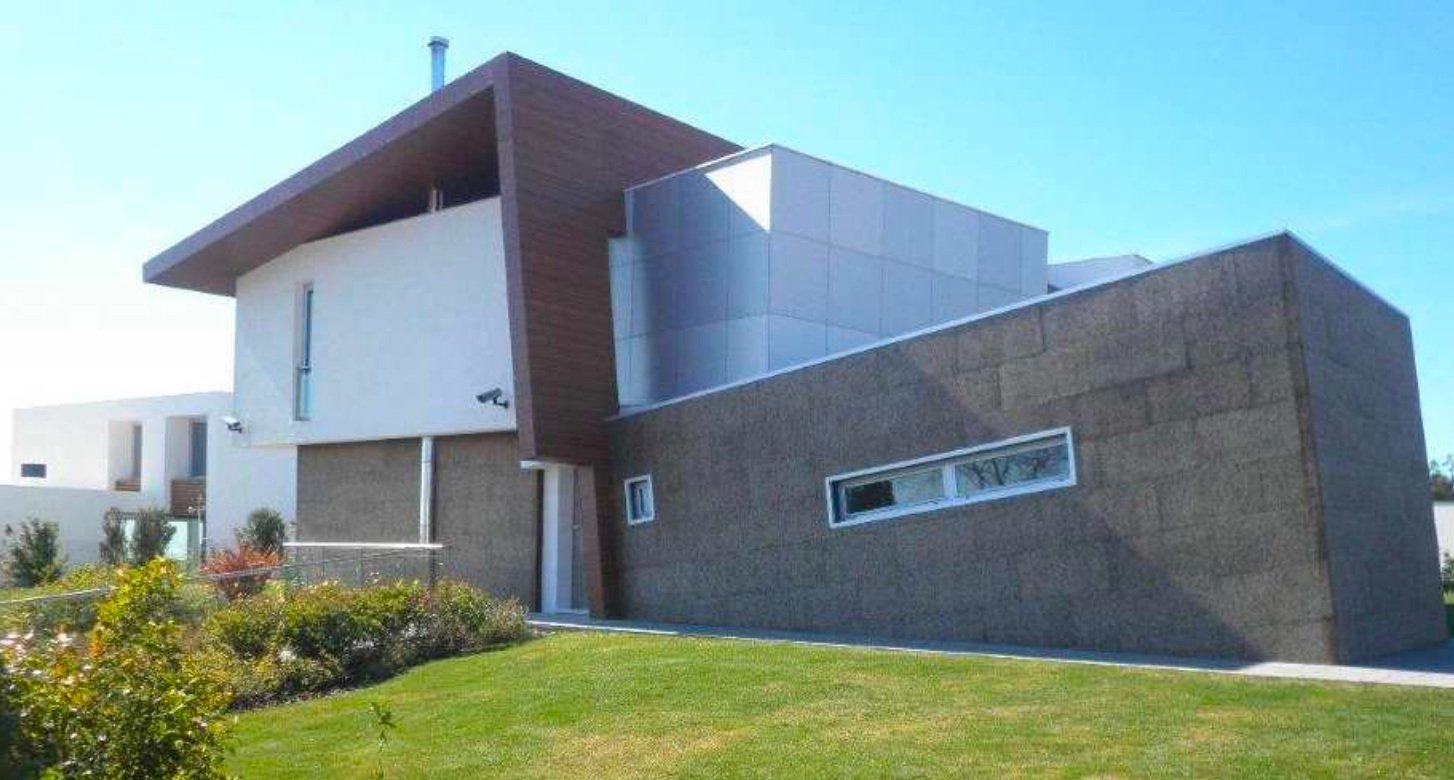
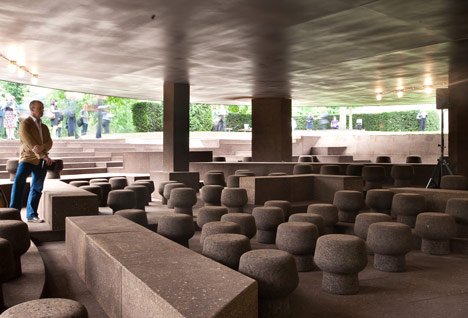
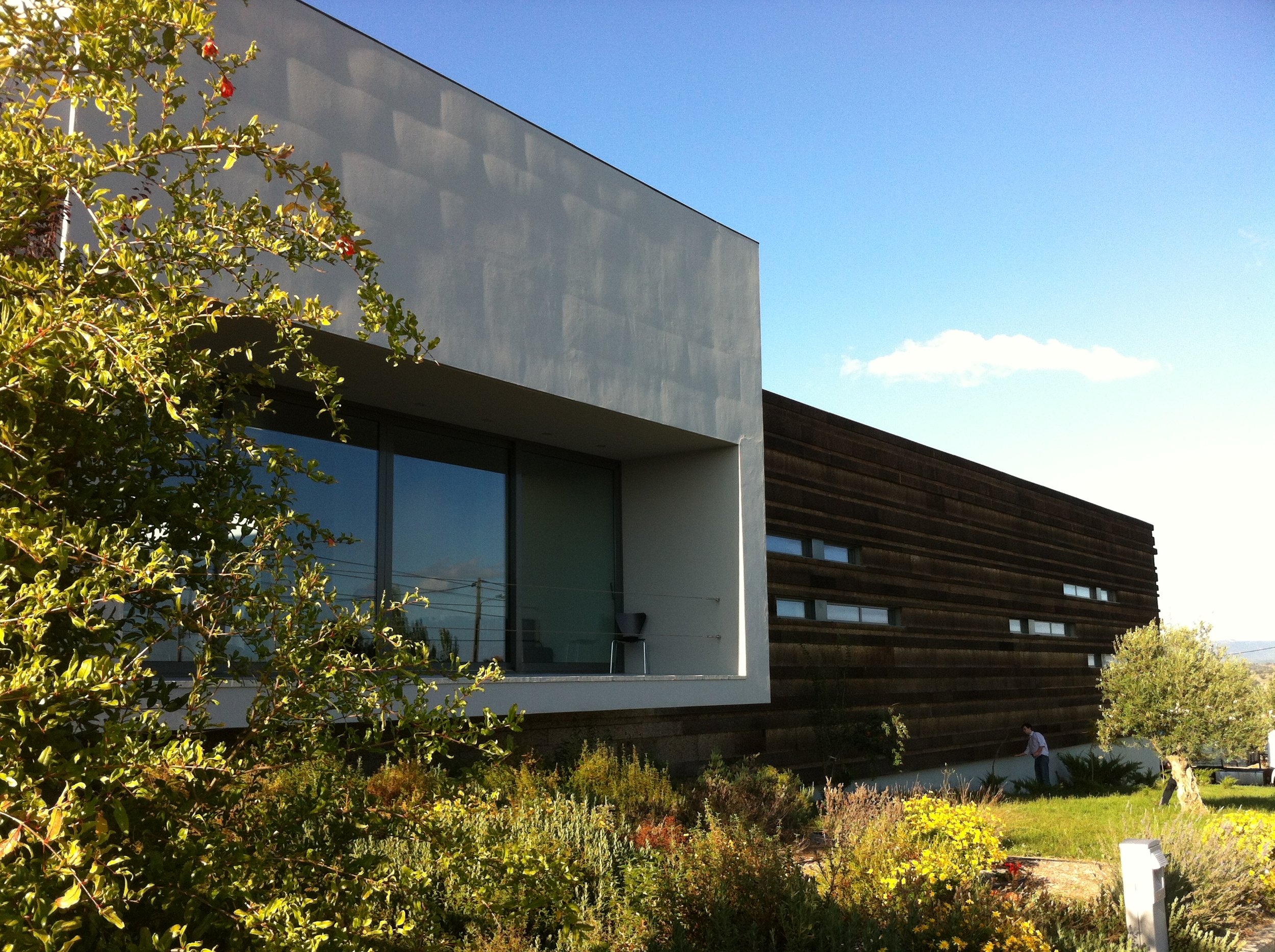

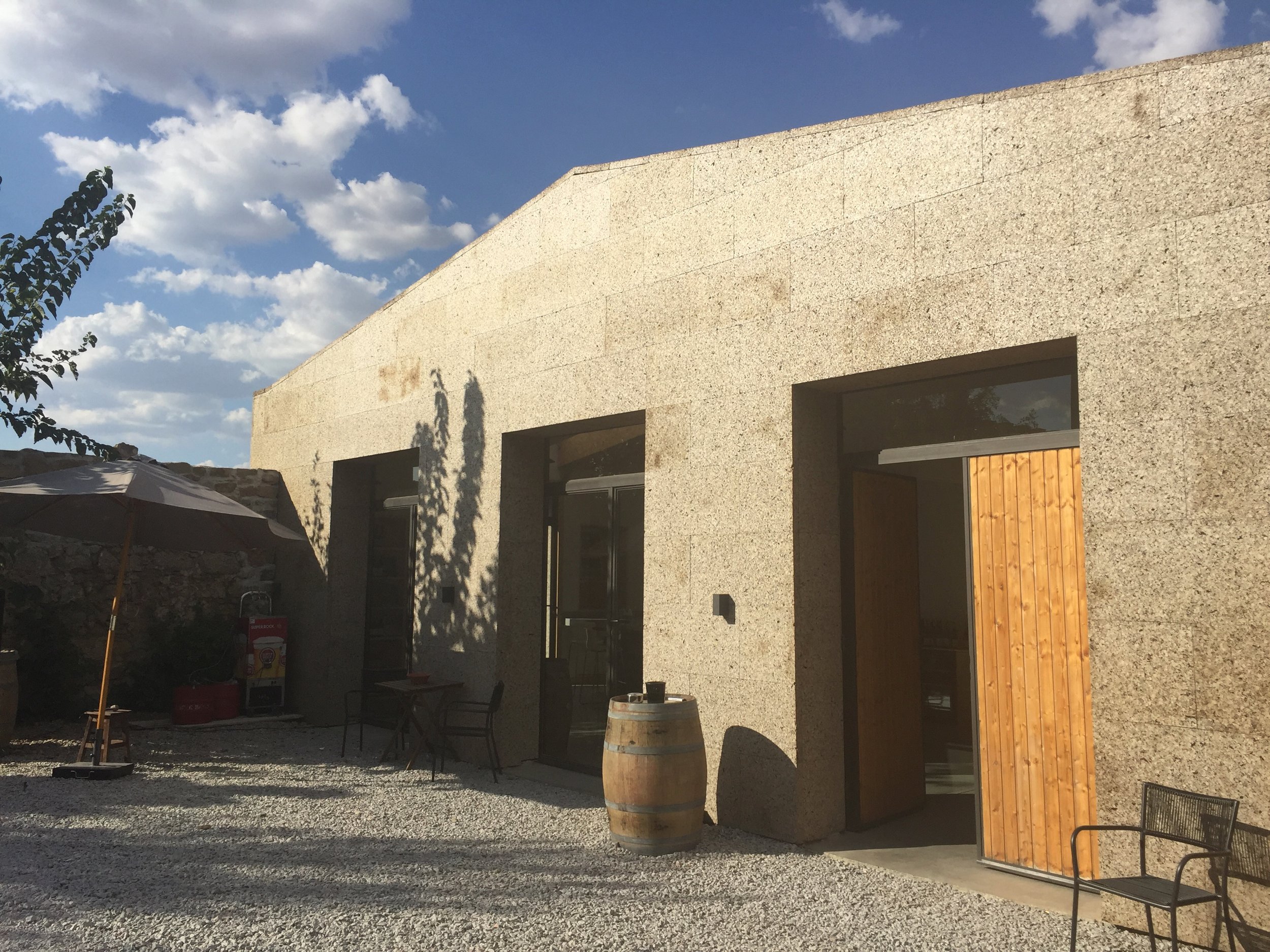
As the evolution of high-performance building evolves, the focus on carbon has increased from not just measuring how much energy a building uses to operate, but also measuring the amount of carbon used in constructing a building as well as end of life carbon cost. Luckily, a product you may already know can help you manage your carb(on)s. That product is ThermaCork.
While Small Planet Supply has carried ThermaCork for years, it is capturing new fans in both the low-carbon building and the general building community. This blog post is focused on the benefits of building with ThermaCork, and more specifically, the environmental and carbon reducing benefits of doing so.
ThermaCork is 100% Natural and is the Ultimate Recycled Product
The move toward using natural materials is a positive way to decrease carbon. Unlike lumber, which consumes the whole tree, ThermaCork is made from the outer bark of the Quercus Suber (or cork) tree. After the outer bark layer is removed, the tree continues to grow and sequester carbon. A layer of bark is removed every nine years. Because the cork tree has a life span of up to 250 years, a tree can produce on average of 15 harvests during its lifetime. Each time cork is harvested, the cork bark regenerates itself. Cork oak trees store CO2 to regenerate. As a result, harvested cork oak trees absorb three to five times more than ones which are not harvested, increasing the benefit to the atmosphere. [1]
After harvesting, the bigger pieces of cork are used for wine corks and other objects. In the ultimate of recycling, ThermaCork is made from pieces of cork that would otherwise be wasted and does so with little use of external energy.
ThermaCork’s Energy-efficient Manufacturing Process
After cork is harvested, the cork and wood are separated. When the cork is brought to the factory, the cork is deposited in a silo and carried in a channel which vibrates, separating out impurities. This process creates dust, which instead of being wasted, is used as fuel for production. 93% of the energy needed to create ThermaCork comes from this dust.
After the vibrating sorting process, the remaining cork pieces are ground into granules that are funneled into a block shaped form. Super-heated steam (350 - 370 C) is injected into the block, which expands the cork. Because the form is in a closed block and is receiving pressure inside and outside, it binds naturally with its own resin. So essentially, Thermacork is water and cork, nothing else
ThermaCork’s Carbon Status is Documented in Its Environmental Product Declaration
Designers who are specifically targeting a low-carbon project will be glad to know that we now have Thermacork has an updated Environmental Product Declaration (EPD) available for both its board and granule products.
In addition to being a carbon-reduction superstore, Thermacork has other qualities that make it an excellent choice as a building component:
High dimensional stability
Supports temperatures between -180 C and +120 C
Promotes thermal lag
Permeability to water vapor
Resistant to compression (good mechanical properties)
In case of fire does not release toxic gases
Does not react to chemical agents
Not attackable by rodents
Additionally, energy saving qualities will last decades, far longer than most choices.
ThermaCork Can Be Used Multiple Ways to Reduce Your Building’s Carbon
One of the best things about ThermaCork is its versatility. ThermaCork has three products that can be easily used in a variety of applications in a project. They are:
“The Expanded Insulation Corkboard was “Accidentally” Born in the USA.”
In 1891, the United States was already importing large quantities of cork for the manufacturing of many products: cork stoppers, buoys, life jackets, and other items. It was in the New York factory of John T. Smith, which manufactured buoys and life jackets, that the accident took place.
In his factory the filling of life jackets was done using a metal cylinder which kept the life jacket open while the worker filled the cylinder with granulated cork. One of the cylinders was clogged and set apart. It then inadvertently rolled into a brazier (a portable heater for holding lit coal), which went unnoticed until the next morning.
The next day, Smith and a worker were cleaning the ash from the brazier. They noticed that the cork inside the cylinder had not been burned, and that the heat was sufficient to bind the entire mass into a single piece of brown chocolate material. The original process was intentionally repeated to prove that the material could bind without any foreign substances being added to the cork. Once successfully completed, a patent was registered for the manufacturing process.”
Thermacork Standard Grade Insulation
Boasting R-4 per inch, Thermacork standard grade can be used for internal, external and cavity walls, flat and pitched roofs as well as radiant floors. In addition to its insulative properties, Thermacork also is an effective tool in managing acoustics and vibrations. For more about the acoustical qualities of cork, check out Josh Palmer’s blog post, “When No Sound Sounds Good.”
Small Planet Supply stocks ½”, 1” and 2” boards. Larger width boards are available by special order.
Thermacork Façade
While standard grade insulation needs to be covered for exterior walls, Thermacork’s Façade grade can be used in exterior applications. Exterior façade can handle exposure to the elements with the color changing slightly over time.
Thermacork Decorative
A less utilized product in North America, ThermaCork Decorative makes for a wonderful accent piece as well as a statement about natural and renewable green material. Thermacork Decorative is a beautiful way to add texture and style to interior walls while still reducing the carbon in your building. Just as importantly, Thermacork has received an Indoor Air Quality A + from French VOC-Regulation.
In addition to the standard in-stock styles available at Small Planet Supply (point cloud, bar code and wave), additional patterns can be ordered or even designed for specific projects.
ThermaCork is one product that contributes so much to any project. You can explore more about ThermaCork at Small Planet Supply’s Thermacork page, the blog posts below or by going to the ThermaCork website.
Additional ThermaCork Blog Posts
Stay updated with the latest trends and innovations in the construction industry. Subscribe to Planet Supply’s newsletter to be notified about new blog posts and other useful information each month.





